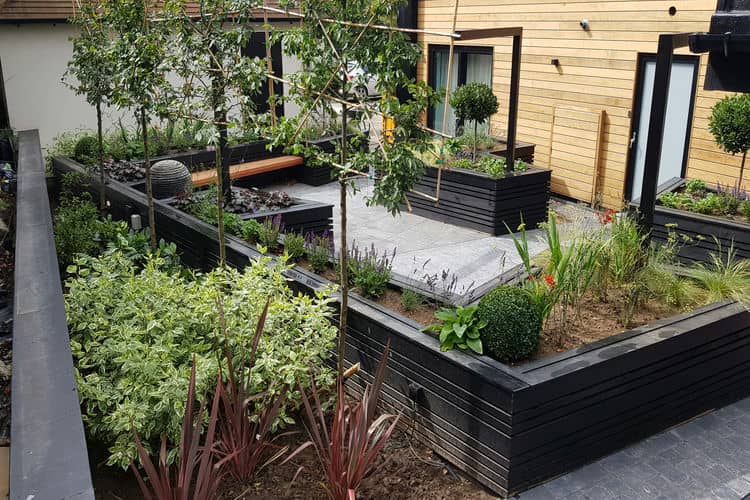Gardening is a fantastic activity that can give seniors several health benefits. It gives a low-impact workout, enhances mental health, and allows fresh fruit to be consumed.
However, planning a vegetable garden that is senior-friendly involves particular considerations to ensure that the garden is accessible, safe, and simple to maintain. In this post, we will discuss some essential tips for designing a senior-friendly vegetable garden.

1. Select the Right Location
The first step in planning a vegetable garden suitable for seniors is identifying the ideal location. The best location should be close to the residence and easily accessible. Seniors may have mobility limitations, making it difficult for them to walk great distances to the garden.
If the senior lives in an assisted living community, the garden should be located near the facility to make it easier for them to access. The site should also have easy access to water and be well-drained to prevent potentially hazardous standing water.
2. Plan for Accessibility
Gardening can be difficult for elderly individuals with mobility limitations. Therefore, it is necessary to consider accessibility while building a vegetable garden for seniors. Garden beds should be elevated to reduce back problems in the elderly caused by bending over.
The garden paths should be sufficiently wide to accommodate wheelchairs and walkers. Additionally, elevated garden beds can be placed at various heights to provide access for senior citizens with diverse levels of mobility.
3. Choose Easy-To-Grow Vegetables
Choose low-maintenance, simple-to-grow vegetables when picking plants for the garden designed for senior citizens. Seniors may not have the energy or mobility to tend to plants that require extensive maintenance.
Tomatoes, lettuce, beans, peas, and herbs are easy to cultivate and require low maintenance. They are also rich in critical vitamins and minerals, making them an ideal supplement to the diet of any senior.
4. Install Proper Lighting
For senior-friendly vegetable gardens, lighting is essential, especially for seniors who prefer gardening in the evening or early morning. Installing adequate illumination will assist elders in securely navigating the garden and lessen the danger of falls. Solar-powered lights are a fantastic option due to their energy efficiency and lack of cabling requirements.
5. Create a Seating Area
It is crucial to create a seating space in the yard so that seniors can take a break and rest when necessary. The seating area can consist of a basic bench or chair placed close to the plant beds. It should be conveniently accessible and provide sufficient shade to shield the elderly from the sun’s beams.
6. Implement Watering Solutions
Seniors may lack the stamina or strength to irrigate their food garden consistently. It is necessary, then, to develop watering systems that demand less effort. Drip irrigation systems are a fantastic alternative due to their ease of installation and low maintenance requirements. Also, rain barrels can be constructed to collect rainwater for watering the garden.
7. Ensure Garden Safety
Ensure garden safety when constructing a vegetable garden for senior citizens. The garden should be devoid of trip hazards like pebbles and uneven ground. To prevent mishaps, all tools and equipment should be stored in a secure area. Furthermore, insecticides and fertilizers must be stored out of reach to prevent accidental absorption.
Conclusion
To ensure that a senior-friendly vegetable garden is accessible, safe, and easy to manage, rigorous planning must precede its creation. Consider accessibility and proximity to the senior’s home when selecting the location. By elevating garden beds and enlarging garden pathways, you may ensure accessibility.
Choose veggies that are simple to cultivate and establish adequate lighting, a seating place, and watering options. Maintain garden safety by eliminating trip risks and storing tools and equipment in a secure area.
By following these recommendations, senior citizens can safely and comfortably enjoy the pleasures of gardening.

